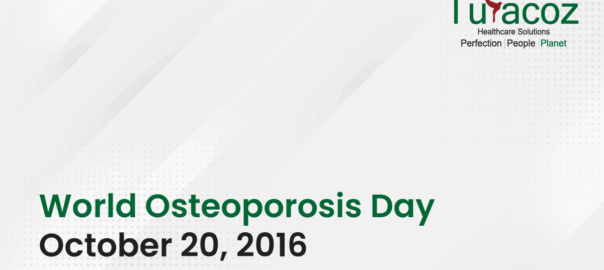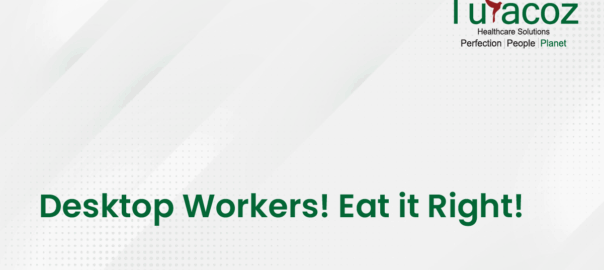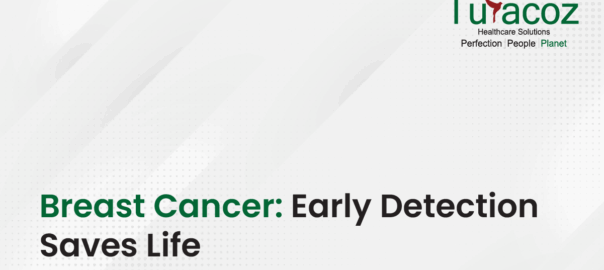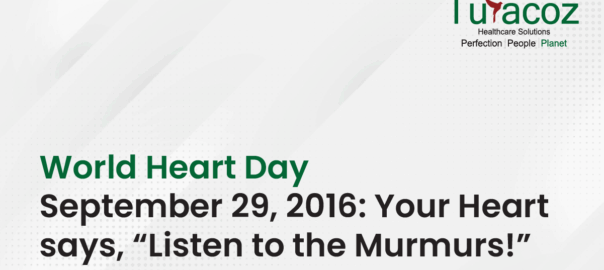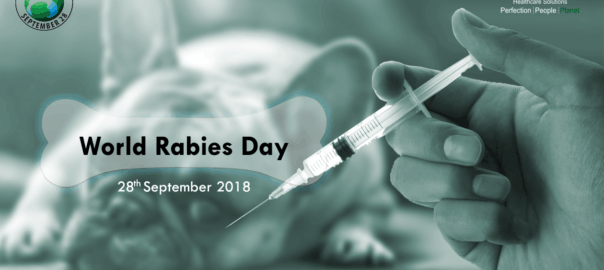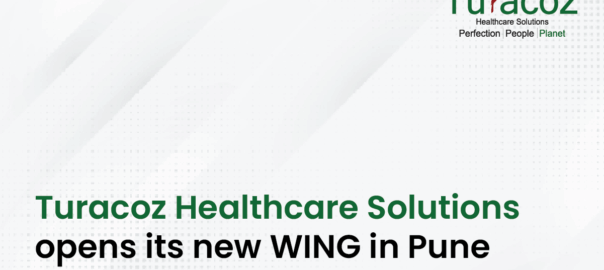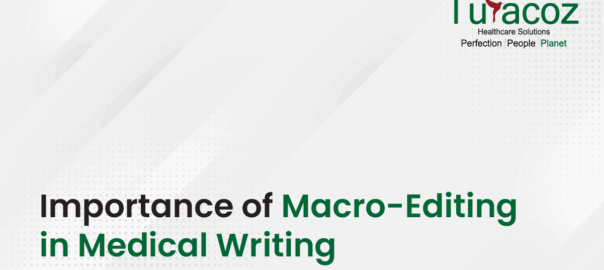“Love Your Bones and Protect Your Future”
World Osteoporosis Day is observed every year on October 20, with a year-long campaign to raise global awareness on the prevention, diagnosis and treatment of osteoporosis and metabolic bone diseases. Organized by the International Osteoporosis Foundation (IOF) every year, the campaign aims to promote awareness about the disease and its associated risk factors. It encourages high-risk individuals to become proactive about their own bone health and advocate for a worldwide preventive care.
Osteoporosis: The Disease
Osteoporosis is a disease characterized by decreased bone mass and deterioration of the bone tissue, leading to an increased risk of fracture. It causes a net loss of bone strength; as a result, even a slight bump or fall can lead to a broken bone (referred to as a fragility fracture). Osteoporosis affects all bones in the body; however, fractures occur most frequently in the vertebrae (spine), wrist, and hip. Osteoporotic fractures may also occur in the pelvis, upper arm and lower leg. Osteoporosis itself is not painful but the broken bones can result in severe pain,major physical disability and sometimes, complete immobility.
Signs and Symptoms
- Bone pain or tenderness
- Fractures with minimum or no trauma
- Loss of height with time and age
- Neck or lower back pain
- Stooped posture
Risk Factors
| Modifiable Risk Factors | Non-Modifiable Risk Factors |
| Smoking | Family history |
| Alcohol consumption | Previous fracture |
| Low body mass index | Certain medications (glucocorticoids, immunosuppressants, steroids etc.) |
| Poor nutrition | Primary/secondary hypogonadism in men |
| Vitamin D deficiency | Menopause/hysterectomy |
| Frequent falls | Certain medical disorders (HIV, rheumatoid arthritis, chronic kidney disease, malignancy etc.) |
| Insufficient exercise | |
| Eating disorders (anorexia and bulimia) | |
| Sedentary lifestyle |
Treatment Options for Osteoporosis
Goals of osteoporosis treatment includes pain management, stopping or slowing down bone loss, preventing bone fractures, and minimizing the risk of falls.
Treatment
| Non-pharmacological options | Pharmacological Options |
| Calcium supplementation | Hormone replacement therapy |
| Vitamin D supplementation | Selective estrogen receptor modulators |
| Exercise | Calcitonin |
| Surgical intervention | Bisphosphonates |
Preventive Measures
Proper nutrition with regular weight-bearing and resistance exercises are very crucial in protecting bone and muscle health, irrespective of age. Every individual must proactively try to identify their personal risk factors and seek early diagnosis and treatment. Lifestyle modification and medical assistance together could significantly reduce the likelihood for future fractures in osteoporotic patients and give them a better quality of life.
Food for Healthy Bones
It’s very important to include adequate daily amounts of calcium, vitamin D, phosphorus, and magnesium for good bone health. These vitamins and minerals are the most important in building bones and teeth. Examples include:
- ¾ Dairy products (low-fat milk, yogurt and cheese)
- ¾ Fish
- ¾ Green vegetables
- ¾ Fruits
- ¾ Fortified foods (soy milk, rice milk, breakfast cereals, and breads)
Dietary supplements of calcium and vitamin D might be needed,if our diet does not provide us with the required minimum dose.
Though our genes are responsible for our skeletal properties like body height and bone strength, we can positively influence our bone health by incorporating certain lifestyle changes (diet and exercise) and becoming actively involved in monitoring the early signs of osteoporosis.
So much we ignore our bone health and intake of nutritious diet,that we forget that deficiency of calcium and vitamin D may lead to osteoporosis and serious fractures. The disease osteoporosis is not gender-specific; both men and women are affected by its painful consequences. Turacoz Healthcare Solutions supports the cause of healthy bones and tells you about the osteoporosis. So, learn to love your bones and protect your future. On World Osteoporosis Day, let’s join in to know more about your bone health.Include healthy food in your diet and say cheers to the healthy bones!

